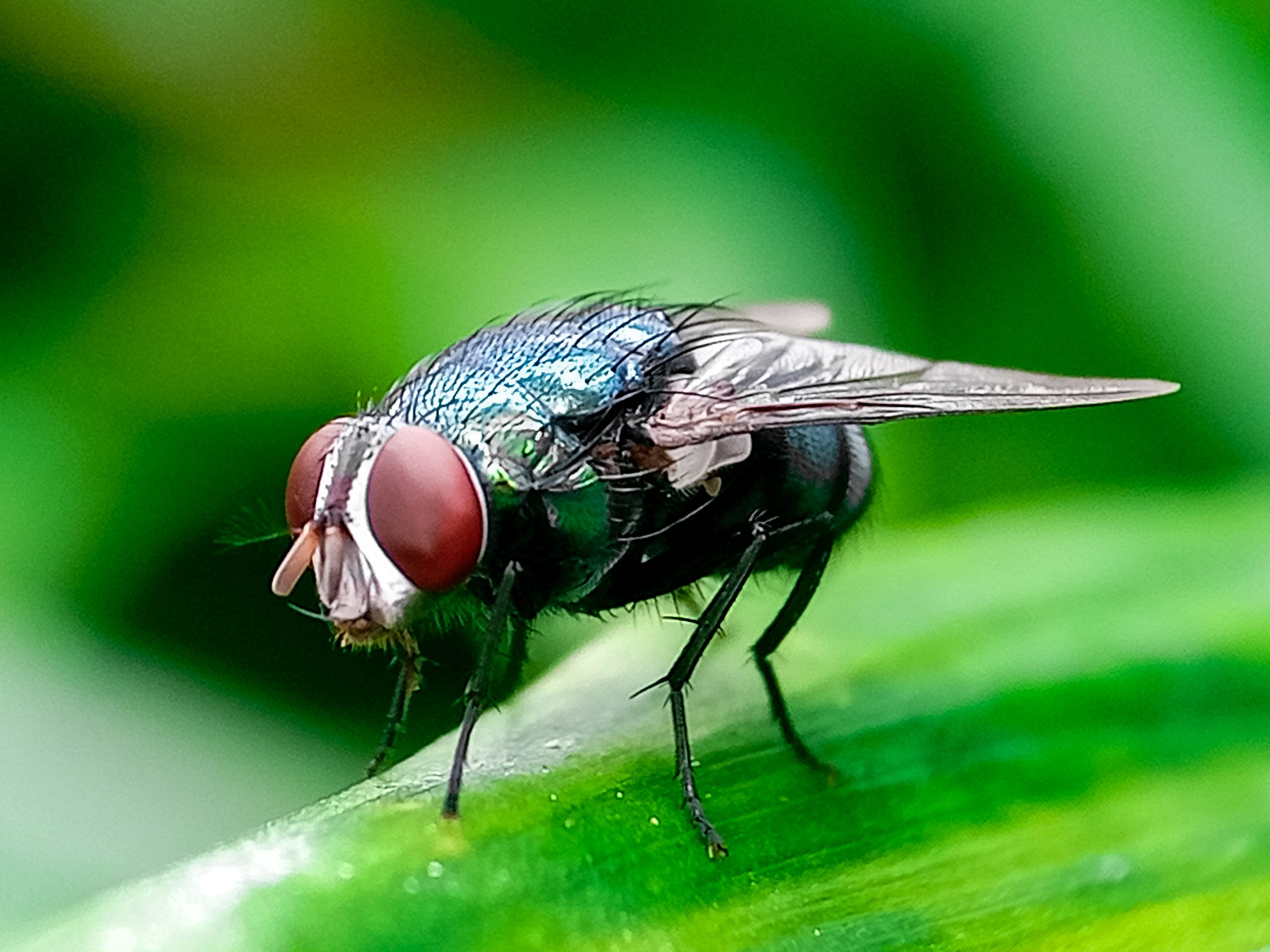Listed as Critically Endangered by the IUCN since 1996, the hirola, or Beatragus hunteri, is considered the world’s rarest antelope with fewer than 500 individuals remaining in the African wild. Until a recent study published in Journal of Applied Ecology, there was little understanding on the decline of the species, which led to futile conservation efforts. With the new research, changes may be made to ensure that we do not witness the first extinction of a mammalian genus on mainland Africa in modern human history.
Why is this species so close to extinction?
The habitat of the hirola borders Kenya and Somalia, which has been a politically unstable area for years. The conflict deterred most researchers from conducting long-term studies. Previously, biologists had found evidence of rinderpest, a viral disease more commonly known as cattle plague, in the area. They figured it was the culprit hurting the antelope, but when the disease was eradicated, the population did not recover as anticipated.
Research at University of Wyoming, led by Kenyan-born Abdullahi Ali, revealed that contributing factors to the population decline included ecosystem changes. Tree cover has increased by over 250 percent over the last 25 years, causing the hirola to overgraze the small patches of grass that they eat. Elephants were lost to poaching and fires did not occur as frequently, causing changes in the food cycle and disrupting local ecosystem dynamics.
The good news is that local communities welcome hirola in the surrounding areas because they are positive signs of a healthy environment. With a better understanding of the factors contributing to their decline, new conservation efforts can begin. The researchers suggest removing shrubs and trees and increasing conservation efforts.



